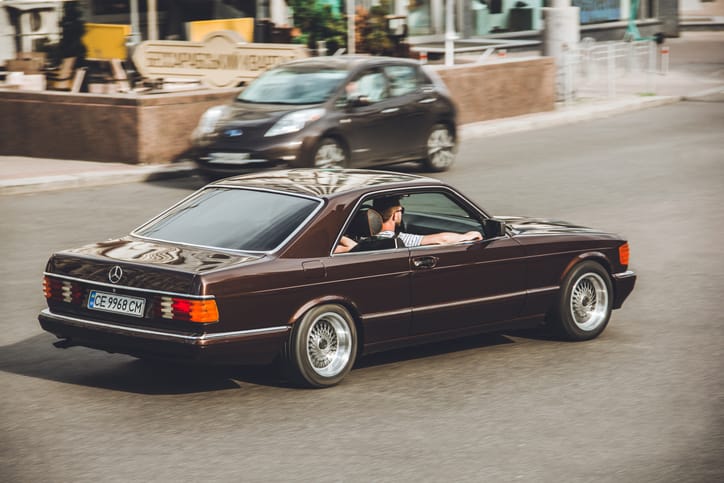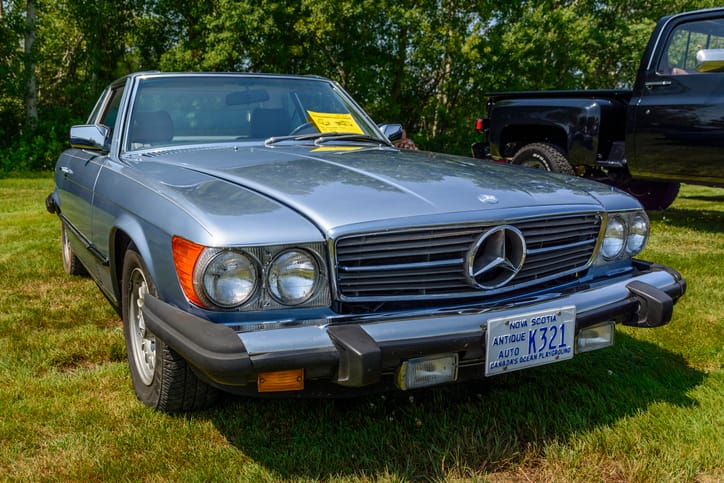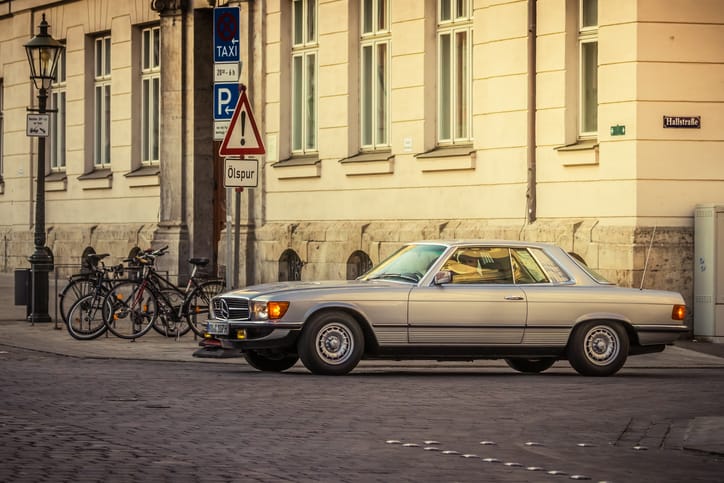The Mercedes-Benz 380: A Legacy of Luxury Across Eras

The Mercedes-Benz 380 nameplate encompasses a range of luxurious vehicles produced throughout the marque's history. While not as widely known as some other Mercedes models, the 380 represents a commitment to performance, comfort, and refined design that has solidified Mercedes-Benz's reputation. This article explores the Mercedes-Benz 380 across its various iterations, highlighting its key features and significance within the Mercedes-Benz legacy.
Early Days: The 1933 Mercedes-Benz 380
The first appearance of the 380 badge dates back to 1933. This early iteration was a powerful and prestigious vehicle, a testament to Mercedes-Benz's engineering prowess during that era. Details about this specific model are scarce, but its existence serves as a historical footnote within the 380 lineage.
The Golden Age of Touring: The 1980s Mercedes-Benz 380
The most well-known use of the 380 badge came in the 1980s. This era saw Mercedes-Benz offer the 380 moniker across several of its popular W126 and R107 chassis platforms.

- W126 Chassis (1981-1985):The W126 chassis introduced the 380SE, 380SEC, and 380SEL models. These vehicles offered a luxurious driving experience with ample interior space and powerful V8 engines.
- 380SE (Sedan): The 380SE was the sedan variant, known for its elegance and comfort. It was a popular choice among executives and those seeking a refined driving experience.
- 380SEC (Coupé): The 380SEC was the two-door coupé version, offering a sportier look while maintaining the luxurious feel of the SE.
- 380SEL (Long Wheelbase Sedan): The 380SEL provided an even more spacious interior compared to the SE, catering to those who prioritized passenger comfort.
- R107 Chassis (1981-1985):The R107 chassis introduced the 380SL, a continuation of the popular SL-Class tradition. This luxurious two-seat convertible offered a timeless design, a powerful engine, and a retractable hardtop roof. The 380SL became a cultural icon, associated with elegance and open-air motoring.
These 1980s 380 variants became renowned for their:
- Powerful Engines: The 380 featured a 3.8-liter V8 engine that delivered smooth and responsive power, making them capable cruisers on the highway.
- Unmatched Comfort: Mercedes-Benz interiors are known for their luxurious appointments, and the 380 was no exception. Supple leather seats, wood trim accents, and advanced climate control systems provided a first-class passenger experience.
- Solid Build Quality: Mercedes-Benz vehicles are known for their lasting durability, and the 380 was built to rigorous standards. These cars were designed to provide years of trouble-free service.
- Timeless Design: The design language of the 1980s 380s has aged gracefully. Their clean lines and elegant proportions continue to be admired by enthusiasts today.
These factors contributed to the 380's enduring popularity. They became sought-after luxury cars, and today, they are collectible classics that maintain a strong presence in the collector car market.
A Legacy of Refinement
The Mercedes-Benz 380 nameplate may not be as widely used today, but its legacy lives on in the current Mercedes-Benz lineup. The emphasis on powerful engines, luxurious interiors, and a commitment to quality craftsmanship continues to define the brand.

Modern Mercedes-Benz vehicles, such as the E-Class and S-Class sedans, and the SL-Class convertible, are the spiritual successors to the 380s. They offer cutting-edge technology, even more powerful engines, and even higher levels of luxury, all while staying true to the Mercedes-Benz heritage.
In Conclusion
The Mercedes-Benz 380 represents a significant chapter in the brand's history. It embodied the essence of what a Mercedes-Benz should be: a luxurious, powerful, and well-engineered vehicle that provided an unparalleled driving experience. While the nameplate itself may not be used as frequently today, the core principles behind the 380 continue to guide the design and development of Mercedes-Benz vehicles, ensuring the brand's enduring legacy.
